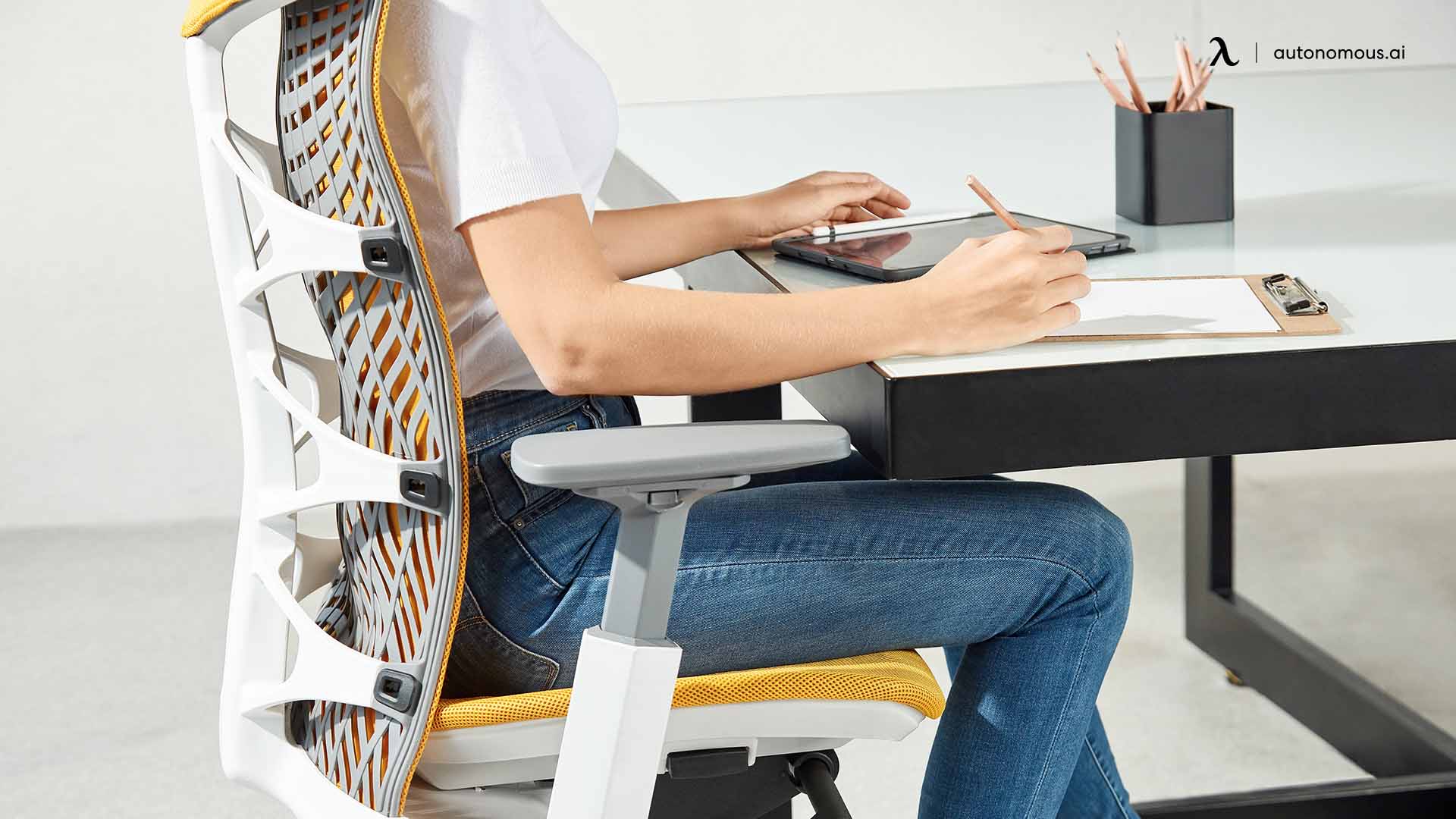Additional Recommendations and Maintenance: Best Chair For Thoracic Back Pain

Choosing the right chair for thoracic back pain is only half the battle. Proper maintenance and supplementary practices significantly impact the chair’s longevity and your overall comfort and recovery. Understanding how to care for your chair and incorporating additional support measures will maximize its effectiveness and contribute to long-term relief.
Chair Maintenance and Cleaning, Best chair for thoracic back pain
Regular maintenance is key to extending the life of your supportive chair and ensuring it continues to provide optimal back support. This involves both cleaning and periodic adjustments. For cleaning, always refer to the manufacturer’s instructions. Generally, you can use a mild detergent and a damp cloth to wipe down the chair’s surfaces. Avoid harsh chemicals or abrasive cleaners, as these can damage the materials. For fabric upholstery, vacuuming regularly can prevent dust and debris buildup. Leather chairs may benefit from occasional conditioning to maintain their suppleness and prevent cracking. Regularly check all the chair’s moving parts – levers, adjustments, wheels – to ensure they are functioning smoothly. Tighten any loose screws or bolts as needed. Addressing minor issues promptly can prevent larger problems down the line.
Supplementary Measures for Thoracic Pain Relief
Incorporating supplementary measures alongside a supportive chair can significantly enhance pain relief and promote better posture. These measures should be approached in consultation with a healthcare professional, especially if you have pre-existing conditions.
- Thoracic Stretches: Gentle stretches targeting the thoracic spine can improve flexibility and reduce stiffness. Examples include cat-cow stretches, child’s pose, and thoracic rotations. These stretches should be performed slowly and deliberately, avoiding any sudden movements that could exacerbate pain.
- Strengthening Exercises: Strengthening the muscles that support the thoracic spine is crucial for long-term pain management. Exercises like rows, planks (modified if needed), and push-ups (against a wall initially) can help improve core strength and stability.
- Ergonomic Accessories: Consider using ergonomic accessories to further enhance your posture and reduce strain. This could include a lumbar support pillow (if your chair doesn’t already have adequate lumbar support), a keyboard tray to maintain proper wrist alignment, and a monitor stand to position your screen at eye level.
- Posture Awareness: Regularly check your posture throughout the day. Even with a supportive chair, maintaining good posture is essential. Set reminders to stand up and move around every 30-60 minutes to avoid prolonged sitting.
